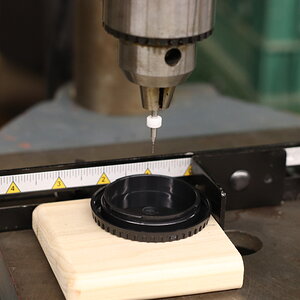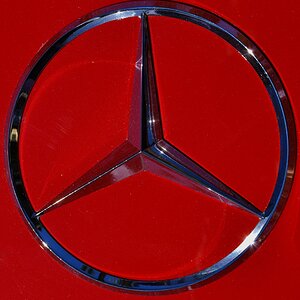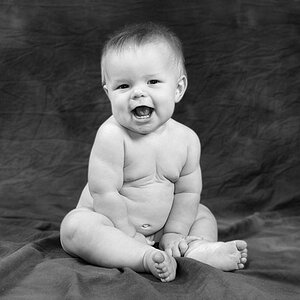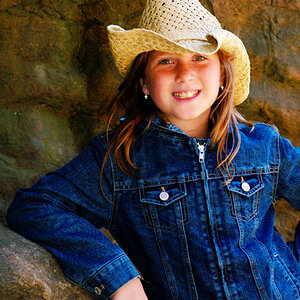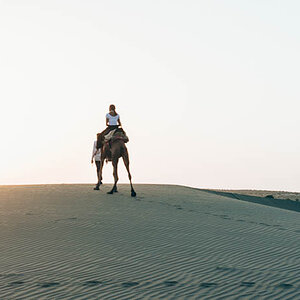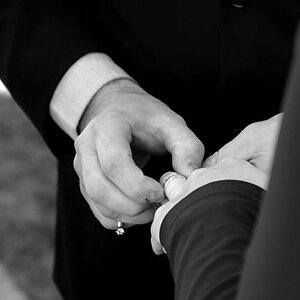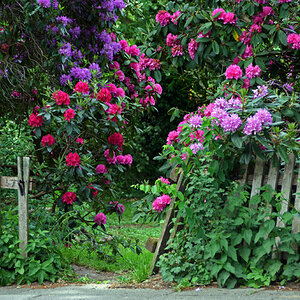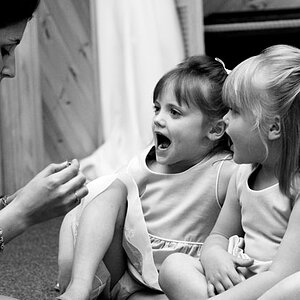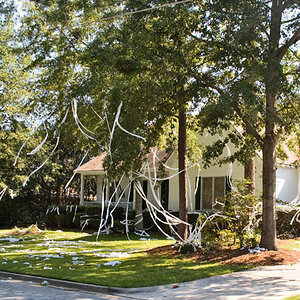smackitsakic
TPF Noob!
- Joined
- Mar 21, 2010
- Messages
- 246
- Reaction score
- 8
- Location
- Saskatchewan
- Can others edit my Photos
- Photos OK to edit
Greetings!
I am still quite new to photography (had my first DSLR for just over a month now) and wanted to take some pictures of some massive windmills near my city of residence.
My wife and I made the 20 minute journey to the windmills. My intention was to capture these windmills using a slow shutter speed to give a motion effect for the windmills with a still background.
Anyway, I slowed down the shutter speed to 2 seconds, set the aperture to f-32 and the ISO to 100, the biggest settings my equipment could handle. The images came out incredibly over-exposed, to the point where the images were white and nothing but white. The only thing I could do to have the images correctly exposed was accelerate the shutter speed, which defeated the purpose of me trying to shoot these windmills in motion.
What did I do wrong and what I can do differently next time? Any help for this new photographer would be greatly appreciated!!
I am still quite new to photography (had my first DSLR for just over a month now) and wanted to take some pictures of some massive windmills near my city of residence.
My wife and I made the 20 minute journey to the windmills. My intention was to capture these windmills using a slow shutter speed to give a motion effect for the windmills with a still background.
Anyway, I slowed down the shutter speed to 2 seconds, set the aperture to f-32 and the ISO to 100, the biggest settings my equipment could handle. The images came out incredibly over-exposed, to the point where the images were white and nothing but white. The only thing I could do to have the images correctly exposed was accelerate the shutter speed, which defeated the purpose of me trying to shoot these windmills in motion.
What did I do wrong and what I can do differently next time? Any help for this new photographer would be greatly appreciated!!


